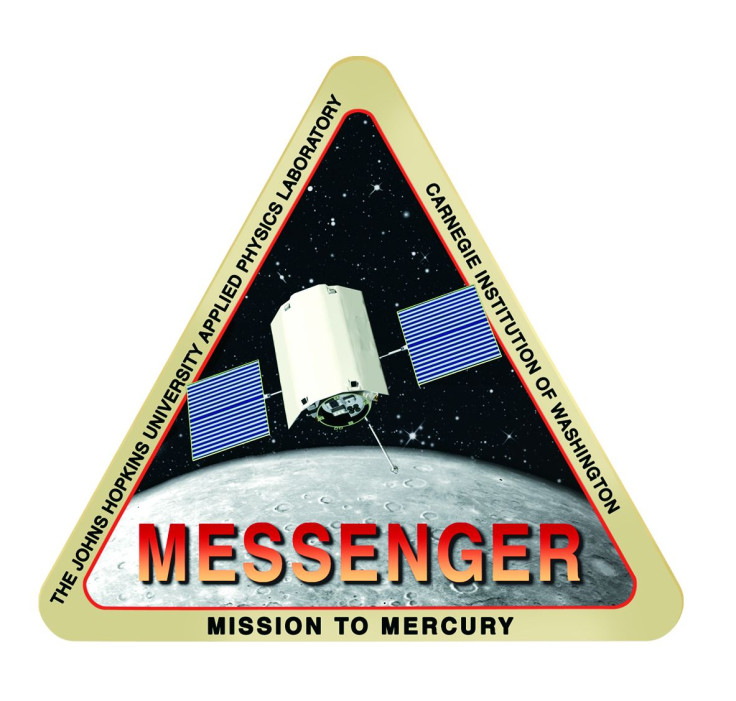NASA Messenger Live Stream: Celebrate The Space Probe Before It Becomes A Crater On Mercury Here

NASA's Messenger spacecraft, which has been busy studying Mercury for the last four years, will end its mission with a bang. The space probe will crash into the planet at around 3:30 p.m. EDT on Thursday, ending its mission as a crater on Mercury. Slooh will provide a live stream covering the Messenger mission and highlighting some of its major discoveries.
Messenger (MErcury Surface, Space ENvironment, GEochemistry and Ranging) launched from Cape Canaveral on Aug. 3, 2004. The mission had six primary objectives: Explain Mercury's heavy density; measure the structure of the planet's core; explore Mercury's magnetic field; understand its exosphere; determine the composition of its poles; and map the planet's surface to learn more about its geologic history. Messenger originally was scheduled as a one-year mission but was extended by three years.

The data collected by Messenger helped researchers refine their understanding of Mercury and how the planet formed. Mercury is rich in volatiles -- elements that evaporate "at moderately high temperatures," per NASA -- including potassium, sulfur, sodium and chlorine. The space probe also discovered water ice deposits buried deep in Mercury's polar regions. Messenger's observations have shown the planet has shrunk by up to 7 kilometers (around 4.3 miles) in radius. The space probe also observed "hollows" -- surface features that are unique to the planet.
"Messenger had to survive heating from the sun, heating from the dayside of Mercury and the harsh radiation environment in the inner heliosphere, and the clearest demonstration that our innovative engineers were up to the task has been the spacecraft’s longevity in one of the toughest neighborhoods in our solar system," Sean Solomon, director of Columbia University’s Lamont-Doherty Earth Observatory and the mission's principal investigator, said in a statement.
On Thursday, Messenger will reach speeds exceeding 8,700 miles per hour before crashing into Mercury. NASA estimates the spacecraft will crash near an impact basin named Shakespeare. The Slooh broadcast will include live views of Mercury and a discussion with Messenger MASCS instrument scientist Dr. Noam Izenberg. "Simply watching Mercury is always special and exciting, since it's so close to the sun. Even the great Copernicus said he'd never seen it," Slooh astronomer Bob Berman said in a statement. The impact will not be visible from Earth.
The Slooh live stream begins at 3 p.m. EDT and can be viewed below.
© Copyright IBTimes 2024. All rights reserved.












